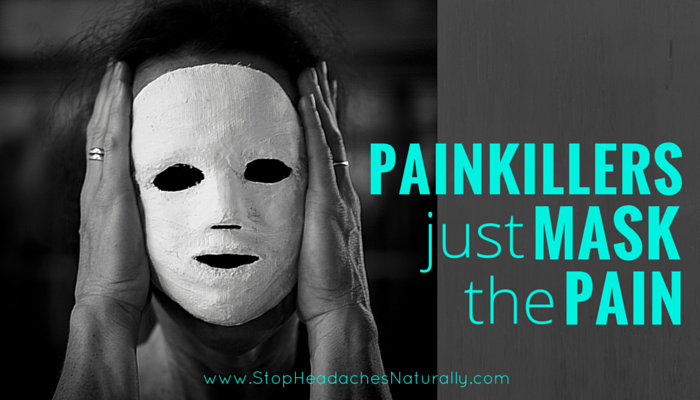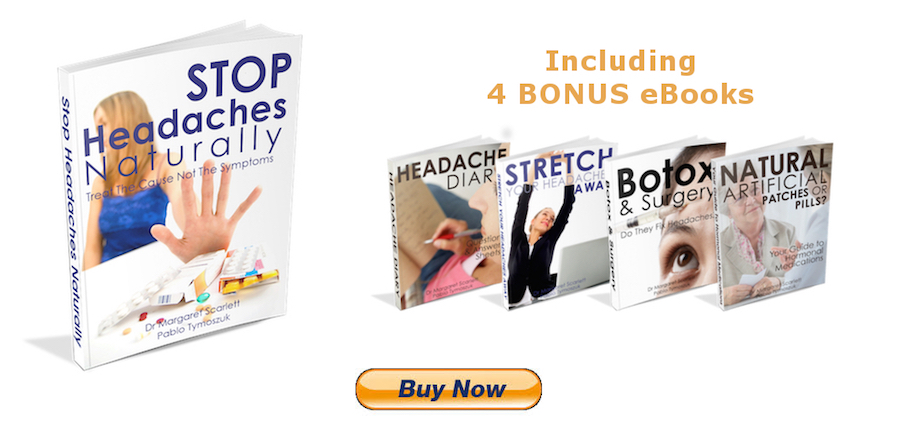Preventative Medicine... Diaphragmatic Breathing

If you are like most people you probably haven’t given much thought to the way you breathe until now.
However, factors such as stress, slumping in the chair, abdominal surgery, or even always keeping the stomach tensed and hence fashionably flat, mean we tend to adopt incorrect breathing patterns without realising it. Perhaps it may come as a relief to know those much sought after “washboard abs” are not so healthy after all.
Common examples of incorrect breathing include:
● Chest breathing (breathing high into your chest)
● Shallow breathing
● Irregular breathing
● Failing to breathe out fully
● Forgetting to breathe out at all for a while and holding your breath
● Breathing too rapidly or too deeply (hyperventilation)
● Breathing through your mouth rather than your nose
Some people who breathe incorrectly complain they tend to run out of breath while talking, others may notice feeling anxious, but many may not be aware of any effects at all.
"We often worry about what to eat and what not to eat but we can last months without food, but only days without water and only minutes without oxygen"
However correct breathing is essential for optimal physical and emotional well-being. Consider that we often worry about what to eat and what not to eat but we can last months without food, but only days without water and only minutes without oxygen.
Incorrect breathing patterns can have some surprising effects.
In Chapter 7 we mentioned that habitual chest breathing could cause trigger points to develop in the neck and shoulder muscles, and that replacing chest breathing by diaphragmatic breathing plays an important part in preventing these trigger points from recurring in the future.
But what is diaphragmatic breathing?
Diaphragmatic breathing, which is also called abdominal or belly breathing, is considered to be the normal healthy way to breathe. It means drawing air deeply into the lungs while keeping the belly relaxed and using the diaphragm to do most of the work. This causes the abdomen to expand rather than the chest.
Slow diaphragmatic breathing is how a sleeping baby breathes, its abdomen rising and falling with each breath.
It is the most efficient way to breathe, requiring the least physical effort and almost completely filling the lungs with air.
"It also has a calming effect, helping reduce emotional stress and excess muscle tension"
It also has a calming effect, helping reduce emotional stress and excess muscle tension and so is normally used as a prelude to relaxation exercises.
Slow diaphragmatic breathing can make a significant contribution to reducing the frequency and severity of your headache attacks.
It does this by:
● Removing one cause of trigger points in the muscles of the neck and shoulder muscles which are a direct source of headache pain.
● Increasing oxygen supply to the brain.
● Reducing emotional stress and excess muscle tension.
* This is an excerpt from the book Stop Headaches Naturally (Chapter 8, Correct Breathing - Diaphragmatic Breathing & Headache Prevention)
What Is Prentative Medicine?

Have you ever tried fixing a leaky roof when it’s raining? The only thing you can do is place a bucket under the leak and temporarily repair the leak.
Once the rain stops, it’s easy to remove the water from the bucket and hope it doesn’t rain again. But if this cycle continues, the leak that was once only a single drop in a bucket, can worsen to the point were the roof can buckle and cave in.
Many of us can apply this behaviour to our health. It’s important that once we experience a ‘leak’ in our health - whether its back pain, tension headache or migraine - make the time to fix it.
"Once we experience a ‘leak’ in our health - whether its back pain, tension headache or migraine - make the time to fix it"
So don’t wait until it rains again. If the sun is shining and there are blue skies, make sure you make the time to take preventative measures to ensure that your roof contains no cracks or faulty plumbing.
Stay posted! I will be providing some Preventative Medicine strategies in upcoming posts…
Painkilllers Just Mask The Pain

Frequent headaches can really reduce your quality of life but pain-killers are not the answer
Pain of any sort isn't any fun, but headache pain can stop you thinking clearly. Even a relatively mild headache makes it more difficult to do your work properly and just getting through your daily routine starts to become an effort.
But a severe headache can stop you dead in your tracks and render you unable to function normally. And if the pain is accompanied by typical migraine symptoms of nausea and vomiting then probably all you will be able to manage to do is to go home and collapse into bed.
"It is tempting just to reach for a pain-killer to numb the pain"
What makes it harder is that you often don’t get much sympathy or understanding from those around you, unless they are also badly affected by headaches. Because headaches are extremely common they may be seen as “normal” and not a “proper illness”.
Even our language tends to trivialize headache pain as in the expression “a real headache” for some annoying or difficult problem.
"A headache may be seen as an excuse to avoid responsibility or something you don’t feel like doing"
And a headache may be seen as an excuse to avoid responsibility or something you don’t feel like doing, as in the well-worn cliché “Not tonight dear, I have a headache” for avoiding sex in a relationship.
If you suffer lots of headaches, and particularly if they are severe, it is easy to feel helpless not knowing when a headache will strike again or how to stop it from returning. Headaches can appear in the day or the dead of night.
One time, a headache might hit during a stressful crunch to meet deadlines at work, another may occur in the middle of an uneventful day, and yet another during a pleasurable activity.
The cause of your headaches can look like a complete mystery.
"Makes you an easy target for shrewd marketing campaigns by the pharmaceutical industry with their TV commercials promising “a quick fix” for your headache pain"
All of this makes you an easy target for shrewd marketing campaigns by the pharmaceutical industry with their TV commercials promising “a quick fix” for your headache pain.
It is tempting just to reach for a pain-killer to numb the pain.
While this is understandable and OK every now and then, it is most definitely not a good idea on a long term basis for the following reasons:
- You are only masking the symptoms, not treating the underlying factors that are provoking your headache. Only by understanding and correcting these factors can you can ever hope to be free of headache pain.
- You are actually likely to make your headaches much worse. Instead of occurring perhaps several times a month, they now occur much more frequently, often daily, and the pain is more severe and longer-lasting. This is known as rebound headache or medication overuse headache.
- All medications have side effects. Serious side effects of long-term use of headache painkillers include damage to the gastrointestinal tract, liver and kidneys.
- By relying on a pill, you perpetuate your feeling of helplessness. It seems like headaches are controlling your life and there is nothing you can do about it. If you unravel the factors that are provoking your headaches, you will restore your feeling of being in control of your life, and this may go some of the way towards actually alleviating your headaches.
There are genuine natural alternatives to pain-killers
It is easy to find detailed information about headache medications on the internet. However information about natural therapies for headache is normally presented in a scatter gun fashion in the form of a list of things to try.
That is why we wrote the book Stop Headaches Naturally - Treat The Cause Not Symptoms. The main aim of this book is to provide you with comprehensive, reliable information about the different types of natural therapies which are available for headaches. We have also tried for to organise this information in a way which makes it easier for you to access and apply.
Photo credit: wolfgangfoto / Foter.com / CC BY-ND





